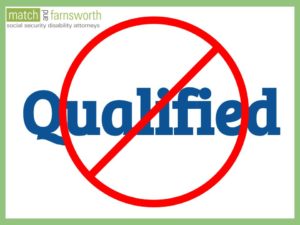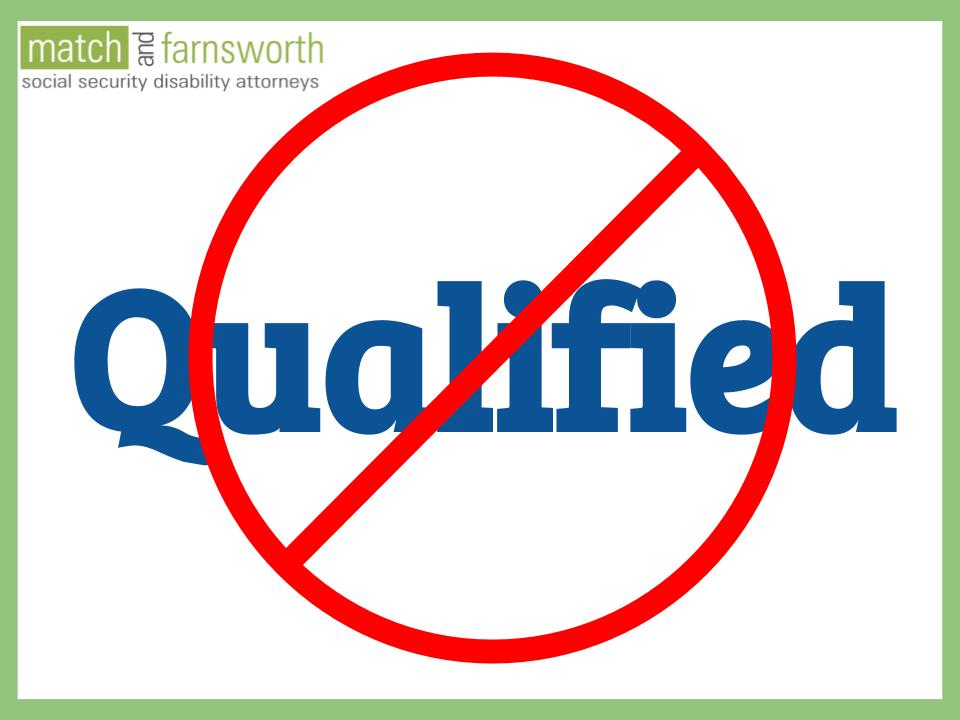 If someone is able to pass the first test, the Social Security department will then apply the second test. This will be used to see whether or not someone is being compensated at a reasonable level for the work that is being performed.
If someone is able to pass the first test, the Social Security department will then apply the second test. This will be used to see whether or not someone is being compensated at a reasonable level for the work that is being performed.
Of course, this is a subjective matter. Therefore, the department will compare the earnings of the individual to those of someone who is doing the same type of work yet is not impaired or disabled in any way. Someone who is not impaired theoretically could be getting paid a higher amount if they are more productive than someone who is disabled.
Different parameters that the department may look at include:
- The Duties of the Job: What are the job’s requirements? What does the individual do on a daily basis?
- The Skills of Labor: What type of professional skills does the work require? Are these being used on the job?
- Work Efficiency: How quickly and accurately is the person completing the work that is asked of them? How much time and energy do they spend on the job?
After looking at all of these parameters, the department will figure out whether or not someone is being compensated fairly for the work that they are doing when compared to the amount that someone who is not disabled is being paid. If the individual is being paid significantly less than someone who is not disabled yet is performing the same work, the individual will move on to the third test. If they are being compensated fairly, then the amount they earn will be considered valid and used to determine if they qualify for benefits.
Because characterizing self employment income is complex, it is important to get advice from a knowledgeable attorney about these issues. Attorney’s at Match Disability Law, PC are available to provide assistance.
To learn more about all tests for self employment income, read the complete article here.


